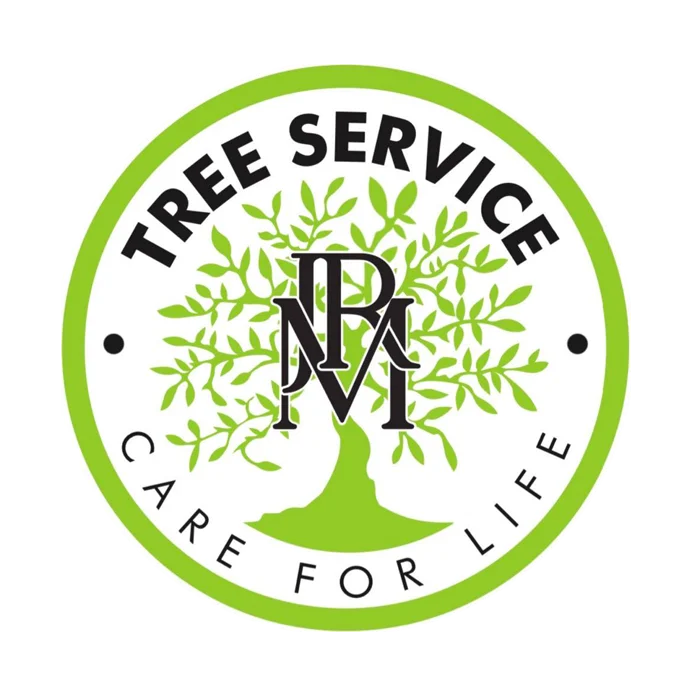How to Select the Best Spot for Your Trees
Planting trees is an excellent way to improve your yard and help the environment. However, choosing the right location for them can make a big difference in their growth and health. A well-chosen site ensures that your trees thrive, providing shade, beauty, and wildlife habitats for years to come. In this guide, we’ll explore factors to consider when selecting a spot for tree planting, including sunlight, soil conditions, and space requirements.
The Importance of Sunlight and Shade
Trees need sunlight to grow well, but different types have unique light needs. Some trees require full sun, while others do better in partial shade. Understanding these requirements is crucial when considering a tree planting service. When deciding where to plant, observe how much sunlight the area receives throughout the day. Areas with excessive shade might not be suitable for sun-loving trees.
Soil Quality Considerations
The quality of the soil plays a significant role in tree health. Before proceeding with any tree planting service, check the soil in your chosen location. Healthy soil should drain well and contain essential nutrients. If you’re unsure about your soil’s condition, consider a soil test. Testing provides insights into what amendments might be necessary to support tree growth.
Space and Growth Potential
Consider how much room your trees will need as they mature. It’s vital to think about future growth, especially if you are working with a tree planting service. Assess the available space around buildings, paths, and other plants. Crowding can lead to poor air circulation and competing roots, which might affect overall growth and health. Make sure there’s enough space for both horizontal and vertical expansion.
Avoiding Common Mistakes
Common mistakes during tree planting can hinder growth or cause long-term problems. Avoid planting too close to structures or overhead wires, which can lead to damage or require costly maintenance later on. Ensure proper spacing between multiple trees to promote healthy root systems and reduce competition for resources.
Water Accessibility and Drainage
Trees need adequate water to thrive, so it’s important to ensure easy access to water sources. Check if natural drainage patterns are present at your selected site. Poor drainage can lead to waterlogging, damaging roots and affecting health. Planning irrigation solutions beforehand can prevent potential issues related to inadequate moisture levels.
Considering Local Climate Conditions
Your area’s climate significantly affects tree survival and prosperity. Research which species are native or adapt well to your region’s climate conditions. Native trees typically require less maintenance since they’re already suited to local environmental factors like temperature ranges and rainfall patterns.
- Select trees that match sunlight availability
- Ensure sufficient space for growth
- Check soil and make necessary improvements
- Plan for adequate water supply
- Choose species suitable for local climate
Planning With Long-Term Maintenance in Mind
Once planted, trees require ongoing care like pruning, watering, and feeding. Opt for low-maintenance varieties if time is a concern. Regular assessments by professionals can also extend longevity and reduce major interventions down the line.
Taking Action for a Greener Future
You play an important role in creating a sustainable environment by strategically placing trees in your landscape. Contact our team today at (615) 987-7299 to learn more about how we can assist with your next project. Our experts are based in Lebanon, TN and ready to help turn your outdoor spaces into thriving green areas. Trust JRM Tree Service Care For Life LLP for professional advice and services tailored to your needs.
